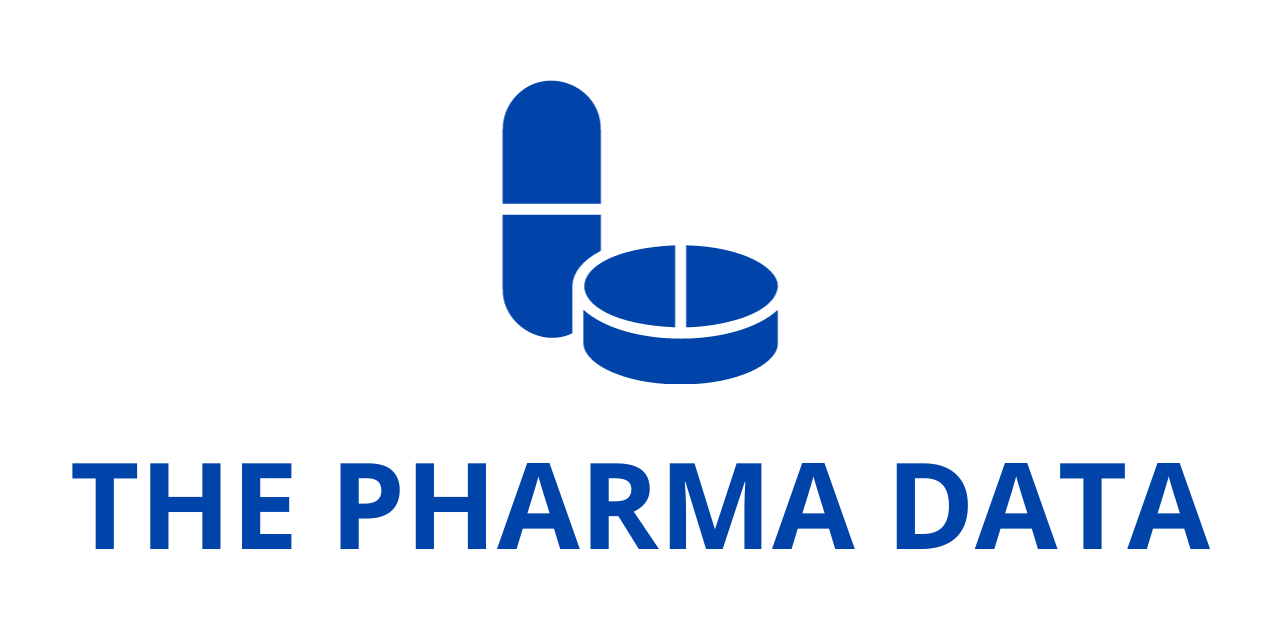
PureTech’s Gallop Oncology to Present Promising Phase 1b Data of LYT-200 in Relapsed/Refractory AML at the 2025 ASH Annual Meeting
PureTech Health plc (Nasdaq: PRTC, LSE: PRTC) (“PureTech” or the “Company”), a biotherapeutics innovator renowned for its hub-and-spoke model that translates cutting-edge science into meaningful clinical value, announced that its Founded Entity, Gallop Oncology, will present new data from an ongoing Phase 1b clinical trial of LYT-200, a first-in-class anti-galectin-9 monoclonal antibody, for patients with relapsed or refractory acute myeloid leukemia (AML). The data will be shared on December 6, 2025, at the 67th American Society of Hematology (ASH) Annual Meeting, taking place in Orlando, Florida.
The abstract accepted for presentation includes findings as of July 8, 2025, and Gallop Oncology expects to present additional analyses from a more recent data cut during the ASH meeting. These data mark a pivotal milestone for PureTech’s oncology pipeline, reflecting the growing clinical evidence that targeting galectin-9 can provide meaningful benefit in one of the most aggressive and treatment-resistant forms of leukemia.
Advancing Immunotherapeutic Frontiers in AML
LYT-200 represents a novel therapeutic approach targeting galectin-9, a key immunosuppressive protein overexpressed in a variety of cancers, including AML. Galectin-9 has been shown to contribute to immune evasion, tumor progression, and treatment resistance, making it an important target for therapeutic intervention.
The ongoing open-label, dose-ranging Phase 1b study is designed to evaluate both monotherapy and combination therapy regimens of LYT-200. Specifically, researchers are assessing LYT-200 alone, as well as in combination with the current standard-of-care (SOC) therapy comprising venetoclax (VEN) and hypomethylating agents (HMA). This study targets a highly challenging patient population—those whose AML has either relapsed after prior therapy or has proven refractory to multiple lines of treatment.
Participants in the trial had previously undergone a median of three prior therapies (ranging from one to seven), emphasizing the advanced and treatment-resistant nature of their disease. The fact that many of these patients had exhausted standard options underscores the potential significance of LYT-200’s emerging clinical profile.
Encouraging Efficacy Across Monotherapy and Combination Arms
The ASH abstract includes data from 70 total participants, divided between 31 in the monotherapy arm and 39 in the combination arm, all of whom received weekly doses of LYT-200 at or above 7.5 mg/kg.
In the monotherapy arm, LYT-200 demonstrated promising clinical activity, producing one marrow complete response (CR) and three partial responses (PRs). Particularly notable was a case in which a patient achieved a partial response that persisted for 24 months—a remarkable duration of benefit for an individual whose disease had previously progressed following five rounds of SOC treatment.
In the combination arm, where LYT-200 was paired with VEN and HMA, the outcomes were even more striking. Investigators observed 12 complete responses (CRs), one partial response (PR), and one morphological leukemia-free state (MLFS). Importantly, these complete responses were achieved across diverse genetic backgrounds, including KRAS, NRAS, HRAS, and JAK2 mutations—all of which are often linked to poor treatment outcomes. This genetic breadth suggests that LYT-200’s mechanism may be effective across multiple AML subtypes that typically resist existing therapies.
Understanding the Clinical Significance of Responses
In AML, achieving a complete response (CR) is the gold standard of therapeutic success. A CR indicates the virtual elimination of detectable leukemia cells in Oncology the bloodstream, with less than 5% blasts remaining in the bone marrow and normalization of blood counts. CR achievement generally correlates strongly with longer overall survival and improved quality of life.
A partial response (PR), while representing a lesser degree of remission, still indicates a ≥50% reduction in leukemia burden—an encouraging signal of drug activity. Meanwhile, an MLFS denotes a state in which the marrow shows <5% blasts and no visible leukemia cells, although peripheral blood counts have not yet fully recovered.
For patients with relapsed or refractory AML, these benchmarks are particularly meaningful. Traditional SOC regimens—especially for patients who have failed prior lines of therapy—typically yield CR rates of only 6–12%, with median overall survival of less than 2.5 months. Against that backdrop, LYT-200’s >30% CR rate in combination therapy, as of the current data cut, represents a potentially transformative advancement.
Safety and Tolerability: A Clean Profile Emerges
Safety is a crucial consideration in AML treatment, especially for patients whose health is already compromised by multiple rounds of chemotherapy and disease progression. Encouragingly, across all dosing cohorts and treatment arms, LYT-200 was well tolerated.
The trial reported no dose-limiting toxicities (DLTs) and no serious adverse events (SAEs) related to LYT-200. There were also no treatment discontinuations or deaths attributed to the study drug. The most common side effects considered possibly related to LYT-200 were mild and transient, suggesting a highly favorable safety profile even when combined with intensive therapies such as VEN and HMA.
Such safety data not only reinforce the therapeutic potential of LYT-200 but also open the door to its possible integration into earlier lines of therapy or combination strategies with other targeted agents.
Expert Perspective on the Findings
Luba Greenwood, JD, Chief Executive Officer of Gallop Oncology, highlighted the importance of these findings in the broader context of AML drug development.
The combination of this level of efficacy with a clean safety profile underscores the importance of advancing LYT-200 into its next phase of development, especially given the high relapse rates and poor survival outcomes in AML,” Greenwood stated.

She added that as survival data continue to mature, LYT-200 could demonstrate durable benefits even for patients with VEN/HMA-resistant disease or unfavorable mutations, groups that remain underserved by existing treatments.
As survival data mature, we believe they could add another Oncology compelling dimension to LYT-200’s potential clinical profile for patients with relapsed/refractory AML, including those who have failed VEN/HMA or have mutations associated with poorer prognosis, where the need for new therapies remains urgent,” Greenwood said.
Next Steps: Toward Phase 2 and Regulatory Engagement
PureTech and Gallop Oncology intend to present updated data at ASH, including dose-level efficacy, survival, and pharmacokinetic/pharmacodynamic analyses. These additional datasets will help refine the optimal dosing strategy and further characterize the relationship between drug exposure, biological activity, and clinical response.
Looking ahead, topline efficacy results are expected in Q4 2025, followed by topline survival data in the first half of 2026. Based on these findings, PureTech plans to Oncology engage with regulatory authorities to discuss advancing LYT-200 into a Phase 2 clinical trial.
The Phase 2 program is anticipated to focus on validating the combination therapy regimen in a larger, more diverse population, while also exploring biomarker-driven patient selection strategies to identify individuals most likely to benefit from galectin-9 inhibition.
LYT-200: A Novel Immunotherapeutic Pathway
LYT-200 is among the first clinical candidates to target galectin-9, an immune checkpoint molecule implicated in tumor immune evasion. By blocking galectin-9, LYT-200 is designed to restore immune function, enhance anti-tumor activity, and overcome resistance mechanisms that limit the efficacy of traditional chemotherapies and other immunotherapies.
Preclinical studies have demonstrated that galectin-9 inhibition can enhance T-cell activation, improve macrophage-mediated clearance of tumor cells, and disrupt the immunosuppressive tumor microenvironment—all critical mechanisms in diseases like AML, where malignant cells often evade immune surveillance.
Gallop Oncology’s clinical development of LYT-200 extends these findings into patient populations that represent the most significant unmet needs in hematologic oncology.
A Step Forward in PureTech’s Broader Vision
For PureTech, LYT-200 and Gallop Oncology exemplify the power of its hub-and-spoke model, in which breakthrough scientific concepts are incubated within the company before being advanced through independent or semi-autonomous entities. This structure enables each program to progress with agility while maintaining access to shared expertise and resources.
Through this model, PureTech has successfully nurtured multiple clinical-stage programs addressing oncology, immunology, and neuropsychiatry, often translating academic discoveries into first-in-class therapeutic candidates. The progress of LYT-200 not only reinforces this strategy but also highlights PureTech’s growing impact in next-generation immunotherapy.
The upcoming ASH presentation represents a critical inflection point for both Gallop Oncology and PureTech. With promising early efficacy signals, strong safety data, and encouraging durability of response, LYT-200 could emerge as a new backbone therapy for patients with relapsed or refractory AML, particularly those with limited treatment options.
As the data mature, the oncology community will be watching closely to see whether the galectin-9 inhibition mechanism translates into long-term survival benefits and broad applicability across mutational subtypes.
Should the forthcoming Phase 2 program confirm these early findings, LYT-200 could redefine the therapeutic landscape for AML—a disease that remains one of the most difficult to treat within hematologic malignancies.
PureTech’s announcement ahead of the 2025 ASH Annual Meeting marks a significant advancement in the company’s mission to “give life to science.” The results emerging from the Phase 1b study of LYT-200 not only signal a breakthrough in AML therapy but also demonstrate the potential of innovative immunotherapeutic strategies to improve outcomes where traditional approaches have failed.
With a strong efficacy profile, durable responses, and an excellent safety record, LYT-200 is poised to become a leading candidate in the evolving field of AML treatment. As PureTech and Gallop Oncology prepare to take the next regulatory and clinical steps, their work may well shape the future of immunotherapy for patients with relapsed or refractory leukemia worldwide.
Source Link: https://www.businesswire.com/




